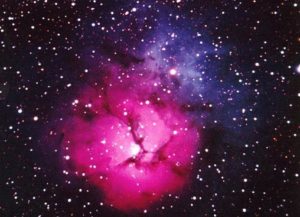
by Gerald Rezes
June 20, 2024, at 1:50 pm PDT marks the beginning of the Summer Solstice. Our Milky Way galaxy’s heart is the main attraction; filling the summer constellations Scorpius and Sagittarius and arcing across the sky. In addition, there are many Messier objects in the Milky Way’s heart that are easily seen by even small telescopes. M8, the Lagoon Nebula, is a large, red star-forming nebula located just west of the tip of the “teapot”. Slightly above M8, is M20, the Trifid Nebula. The Trifid is a beautiful rose-like red nebula along with a blue reflective part. Rounding out the emission nebulas are M16 (Eagle Nebula) and M17 (Omega Nebula). The Hubble Telescope took a classic image of the gaseous pillars in M16.
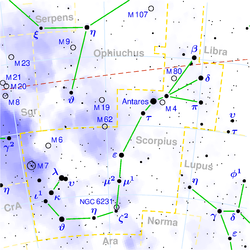
The constellation for me that signifies summer is Scorpius. Scorpius distinctly resembles its namesake from the long, curved tail to the claws. At the heart of the scorpion lays another beast, a supergiant star 800 times larger than the Sun, Antares. Right next to Antares is M4 a large, nearby globular cluster that is bright as magnitude 5.6 making it easily visible through smaller scopes. M4 is not the only globular cluster in the neighborhood; there are many, M80, M62, M19 to name a few. In addition, there are several open clusters. One of the biggest is M7, right at the end of Scorpius’ tail giving it the nickname of “The Scorpion’s Tail.” M6, the Butterfly Cluster is another brilliant open cluster near M7.
Moon Phases
- Jun. 21 – Full Moon

- Jun. 28 – Last Quarter

- Jul. 5 – New Moon

- Jul. 13 – First Quarter

- Jul. 21 – Full Moon

- Jul. 27 – Last Quarter

- Aug. 4 – New Moon

- Aug. 12 – First Quarter

- Aug. 19 – Full Moon

- Aug. 26 – Last Quarter

- Sep. 2 – New Moon

- Sep. 10 – First Quarter

- Sep. 17 – Full Moon

- (Source: Griffith Observatory)
With so much to see in the Milky Way’s heart, one almost forgets that there is much more sky to look at in the shortened summer nights. The asterism, the Summer Triangle, makes its way from east to west throughout summer. The triangle is made up of the bright stars Vega in Lyra, Deneb in Cygnus, and Altair in Aquila. Giving way to another asterism, Cygnus, the swan, is also referred to as the Northern Cross, a much larger cousin to its Southern counterpart. In Lyra, lays M57, the Ring Nebula. The Ring Nebula would be a hard object to spot in the vastness of the sky seeing that it is a little planetary nebula, but it is nicely
situated right in between the bottom two stars of Lyra. This position makes it possible to spot M57 even in a small telescope. Another well-situated celestial object is the globular cluster M13 in Hercules. M13, the Great Globular, is one of the biggest and brightest seen in the northern hemisphere and lays nearly in the middle of two of the “keystone” stars in Hercules.
Planets
- Mercury is an evening planet for the first half of the summer with its highest altitude on July 13. It’s in inferior conjunction on August 18 then transitions to the morning sky with its highest altitude on September 5.
- Venus is a brilliant evening planet throughout summer. Close conjunction of Mercury, Venus, and the Moon on August 4.
- Mars is visible in the morning. On July 15, Mars is in close conjunction with Uranus a month later on August 14 it has a close conjunction with Jupiter.
- Jupiter is a morning planet throughout summer.
- Saturn is a morning planet for the start of summer. It has a close conjunction with the moon on July 24. It’s at opposition on September 7 transitioning to an evening planet.
- Uranus (Aries) is a morning planet for summer.
- Neptune (Circlet asterism in Pisces) is mostly a morning planet for summer with its opposition on Sep. 20 transitioning it to an evening planet.
- Pluto (Sagittarius): The best time to view Pluto is on a moonless night throughout summer. Pluto is at opposition on July 23.
- Ref: https://in-the-sky.org/newscalyear.php?year=2024&maxdiff=7 & https://theskylive.com/pluto-info
Meteor Showers
- August 12-13 – The Perseids peak.
Last Updated on November 17, 2023


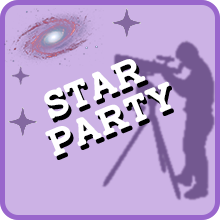
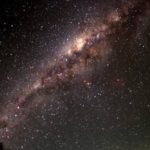
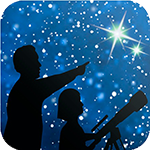

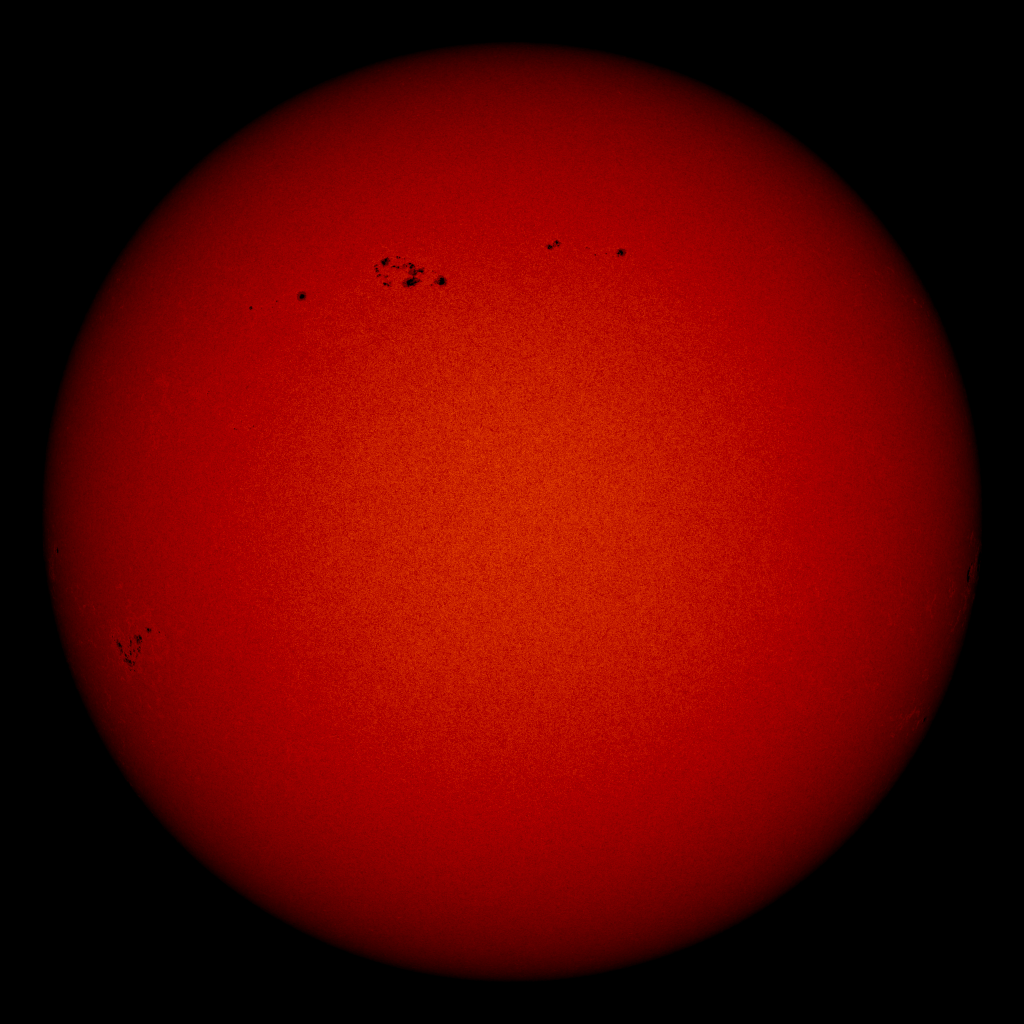

Recent Comments